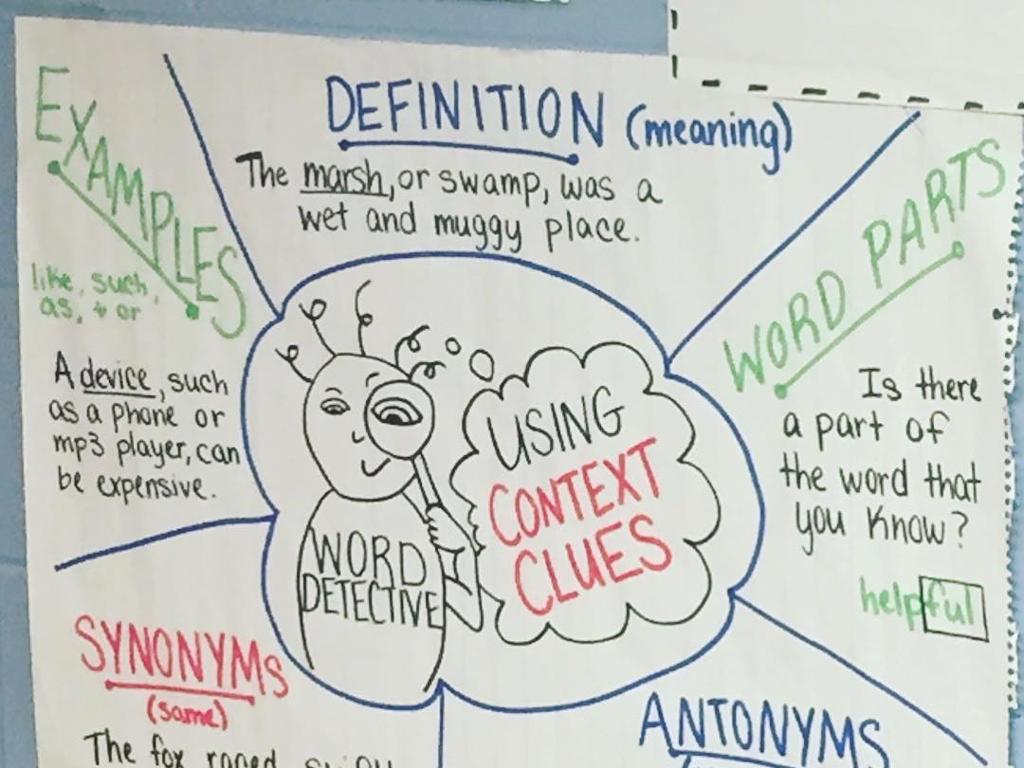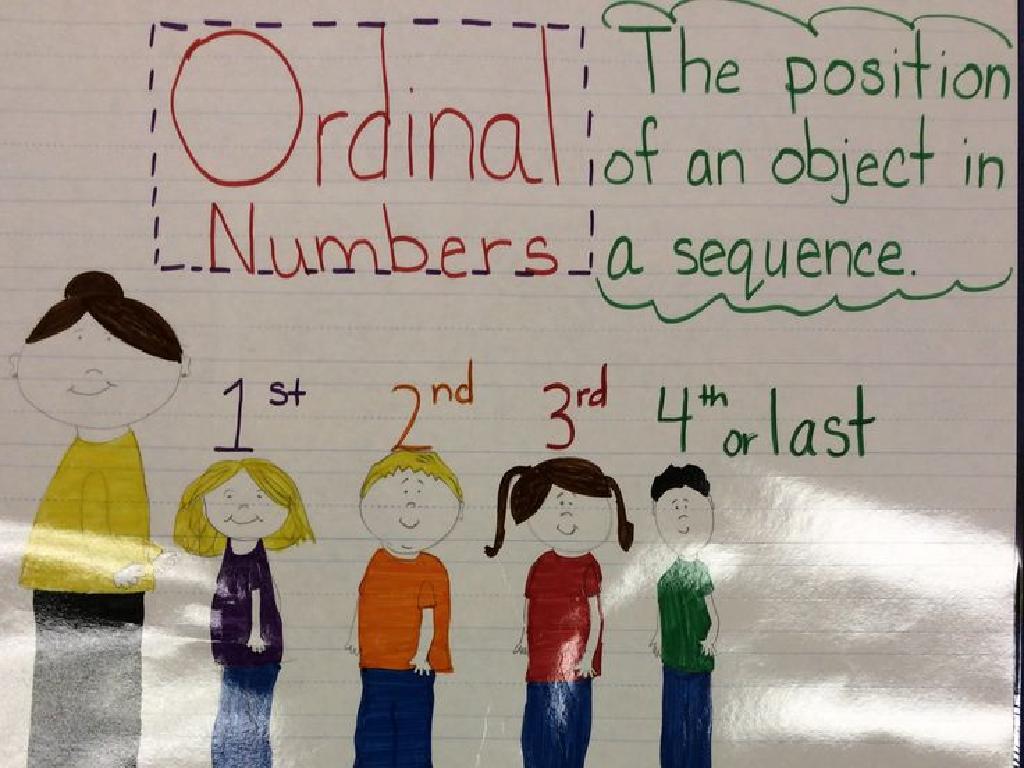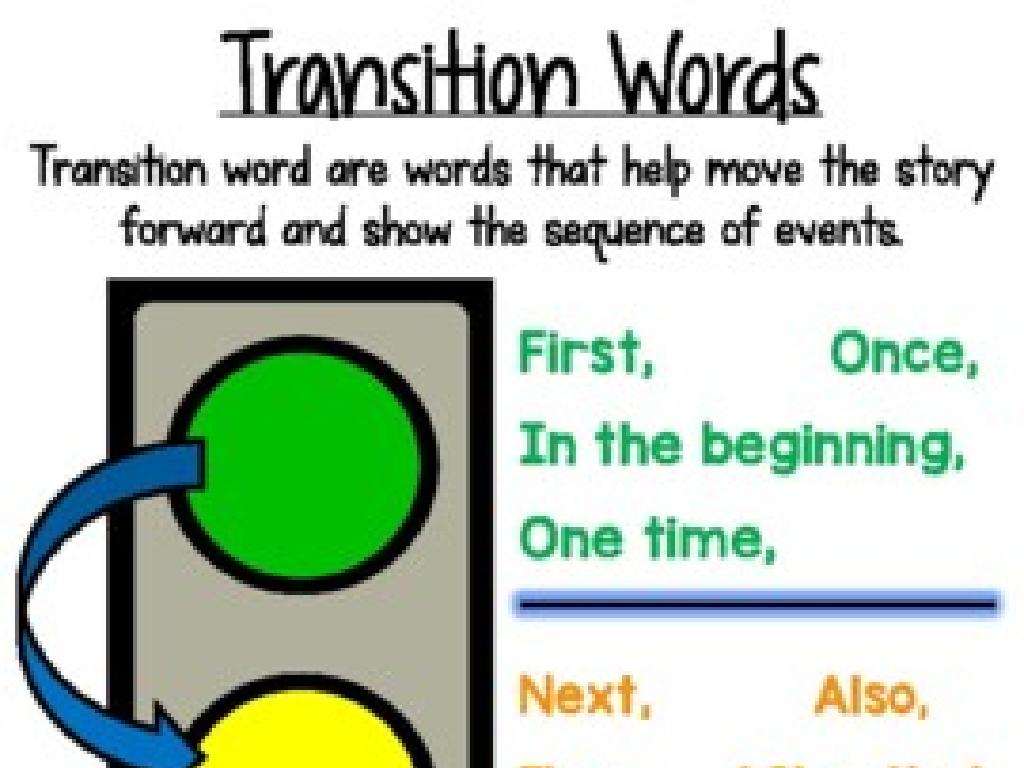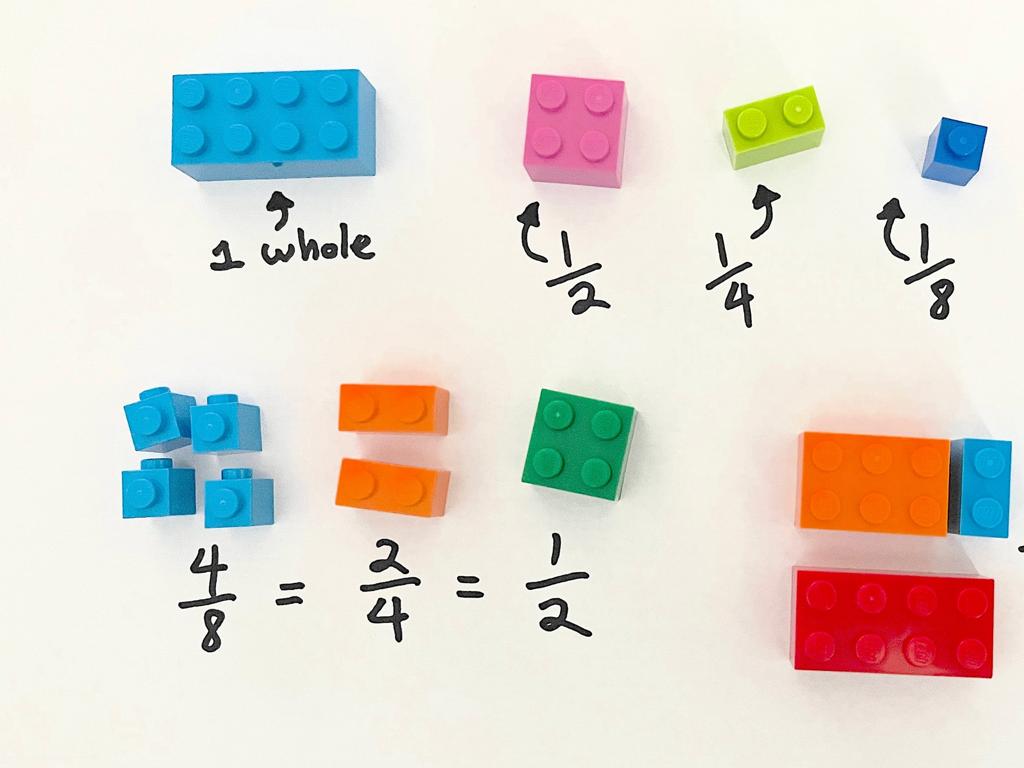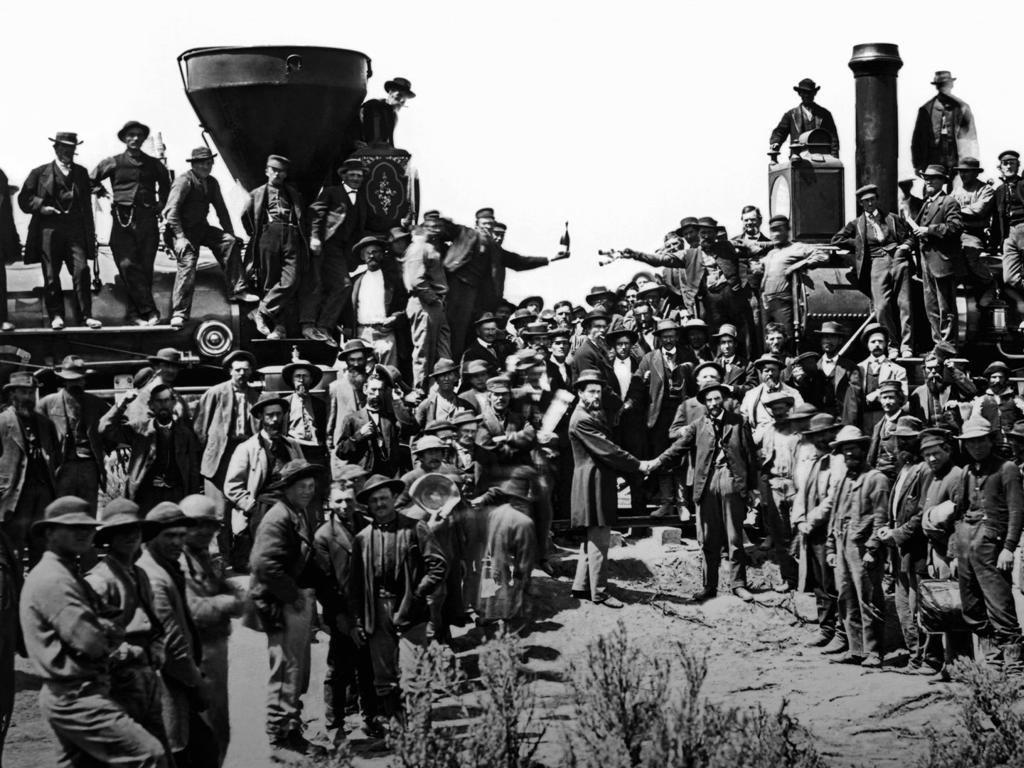Name The 50 States
Subject: Social studies
Grade: Fifth grade
Topic: States
Please LOG IN to download the presentation. Access is available to registered users only.
View More Content
Exploring the 50 States of America
– Welcome to Social Studies!
– Learning about the USA’s 50 states
– Each state has its own history and symbols
– Geography shapes our country
– Mountains, rivers, and plains influence where states are
– Recognizing states by shape and location
– Can you guess the state by its outline on the map?
|
Today’s lesson is an exciting introduction to the vast and diverse geography of the United States. We’ll embark on a journey to understand how the 50 states come together to form our nation. Students will learn not just the names of the states, but also how geography has played a role in their development. Encourage students to think about the physical features that make each state unique and how these features have influenced the state’s history. Use maps to help students recognize states by their shape and location, and consider incorporating a fun activity where students can guess states based on their outlines.
What is a State?
– Definition of a U.S. state
– A state is a region with its own government and laws within the USA.
– States have unique governments
– Each state has its own symbols
– State symbols include a flag, bird, flower, and more.
– States are known for different things
– For example, California is famous for Hollywood, and Florida for its beaches.
|
This slide introduces the concept of a state within the United States. It’s important to convey that while each state is part of the larger country, it operates with a degree of autonomy, having its own government and set of laws. Highlight that each state has symbols that represent its unique culture and history, such as a state bird or flower. Use relatable examples to illustrate the diversity among states, such as California being known for its entertainment industry and Florida for its attractive beaches. Encourage students to think about what their own state is known for and to research the symbols of other states as a homework assignment.
Exploring U.S. Regions
– U.S. divided into four regions
– Northeast, Midwest, South, and West
– States grouped by traits
– Similar climate, culture, and history
– Discover regional quick facts
– Each region has unique features and facts
– Engage with regional characteristics
|
This slide introduces the concept of the United States being divided into four distinct regions: the Northeast, Midwest, South, and West. Each region groups states that share similar characteristics such as climate, culture, and historical background. Provide quick facts about each region to give students a snapshot of their differences and similarities. For example, the Northeast is known for its historical significance in the founding of the country, while the West is known for its diverse landscapes and the film industry. Encourage students to think about what makes their own state unique and how it fits into its region. This will set the stage for more in-depth learning about each state and its regional identity.
Exploring the Northeastern States
– Locate Northeastern states on a map
– Identify each Northeastern state by shape
– States like Maine have unique shapes that stand out
– Learn memorable facts about each state
– Maine is known for lobsters, Vermont for maple syrup
– Discuss the importance of these states
– Historical significance, such as the first Thanksgiving in Massachusetts
|
This slide introduces the students to the Northeastern states of the United States. Start by showing the students a map and asking them to locate the Northeast region. Then, go through each state in the Northeast, helping students identify them by their shape and location. Share interesting and memorable facts about each state to make the learning process engaging. For example, Maine is famous for its lobsters, and Vermont is known for its maple syrup production. Highlight the historical importance of the region, such as the site of the first Thanksgiving in Massachusetts. Encourage students to share any personal connections or additional facts they may know about these states. This activity will help students remember each state and its unique characteristics.
Exploring the Southern States
– Locate Southern states on a map
– Use a map to find states like Texas, Florida, etc.
– Identify each Southern state by shape
– Recognize states by their unique outlines
– Learn memorable facts about each state
– Discover fun facts: state flower, nickname, etc.
– Discuss the importance of each state
– Understand each state’s role in U.S. history and culture
|
This slide aims to familiarize students with the geography of the Southern United States. Start by showing a map and asking students to find and name each Southern state. Emphasize the unique shape of each state to help with identification. Share interesting and memorable facts about each state, such as the state flower, nickname, or a historical event. Discuss why each state is important to the nation’s history and culture. Encourage students to share any personal connections or additional facts they may know about these states. This interactive approach helps students retain information and fosters a deeper understanding of the country’s geography.
Exploring the Midwestern States
– Locate Midwestern states on a map
– Learn state names and locations
– Discover memorable state facts
– For example, Illinois is known as the ‘Land of Lincoln’ and Indiana is the ‘Hoosier State’.
– Engage with fun geography activities
– We’ll play a matching game with states and capitals, and a trivia quiz on state facts.
|
This slide is part of a series on learning all 50 states, focusing on the Midwest region. Students will be provided with a map and asked to identify each Midwestern state by its shape and location. They will also learn the names of each state. To make the information memorable, share interesting facts about each state, such as historical tidbits or state nicknames. Engage the class with interactive activities such as matching games where they pair states with their capitals, and a fun facts quiz to reinforce their knowledge. This hands-on approach helps solidify their understanding of geography and makes learning about the states enjoyable.
Exploring the Western States
– Locate Western states on a map
– Learn state names and capitals
– States like California, Oregon, and Washington
– Discover memorable state facts
– Facts like state symbols, landmarks, and history
– Engage with fun state trivia
– Trivia such as state nicknames or famous events
|
This slide focuses on the Western region of the United States. Encourage students to identify each Western state on a map, which helps with geographical literacy. Teach them the names and capitals of these states to reinforce their memory. Share interesting and memorable facts about each state, such as the Golden Gate Bridge in California or the Space Needle in Washington, to make learning engaging. Incorporate fun trivia questions to keep the class interactive and lively. This activity will not only help students remember the states but also appreciate the unique aspects of each one. Consider bringing in props or pictures to visually represent the states and their notable features.
Fun Facts About U.S. States
– Discover unique state facts
– For example, did you know Alaska has the most coastline?
– Discuss the most interesting fact
– Think about why a fact stands out to you
– Use facts to remember states
– Funny facts make state names stick in our minds
– Share facts with classmates
|
This slide aims to make learning about the 50 states more engaging by sharing unique and funny facts about some of them. For instance, Alaska has the longest coastline in the U.S., and Florida is the only state that borders both the Gulf of Mexico and the Atlantic Ocean. Encourage students to discuss which fact they find most interesting and why. This discussion can help students connect emotionally with the material, making it more memorable. Use these facts as mnemonic devices to aid in memorizing the states. In the next class, students can share the facts they’ve learned with their classmates, further reinforcing their knowledge and enhancing their public speaking skills.
Class Activity: State Bingo
– Let’s play Bingo with state names!
– Each student receives a Bingo card
– Cards have names of different states
– Listen for state facts and mark them
– Facts could be about the state’s geography, capital, or symbols
– First to complete a row wins!
|
This interactive activity is designed to help students learn the 50 states in a fun and engaging way. Distribute Bingo cards with state names randomly placed in the squares. Read out loud different facts about each state, such as the capital, geographic location, or state symbols. As students listen, they should mark off the states on their cards that match the facts you read. The first student to mark off a complete row, column, or diagonal and shouts ‘Bingo!’ wins the game. Prepare a small prize for the winner to make the game more exciting. This activity will reinforce their knowledge of state names and facts in a memorable manner.
Conclusion: The United States of America
– Review of all 50 states
– Importance of state knowledge
– Knowing states helps understand U.S. geography and culture
– Homework: State art project
– Draw or make a collage of the state you like most
– Share your favorite state
– Be ready to present your artwork and why you chose that state
|
As we wrap up today’s lesson, it’s crucial to revisit the names of all 50 states to reinforce the students’ memory. Understanding the states is key to grasping the vast geography and diverse culture of the United States. For homework, students will engage in a creative project to draw or create a collage of their favorite state, which will help them connect personally with the material. Encourage them to think about what makes that state special to them, whether it’s the landscape, landmarks, or personal experiences. In the next class, we’ll have a show and tell, allowing students to share their artwork and their reasons for choosing that particular state, fostering a sense of community and shared learning.

